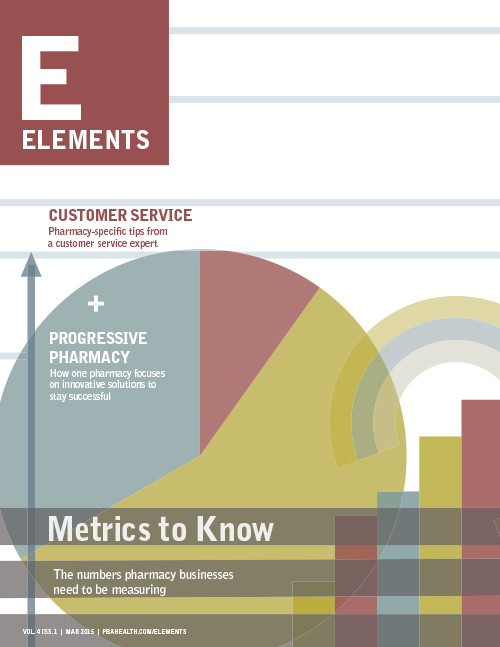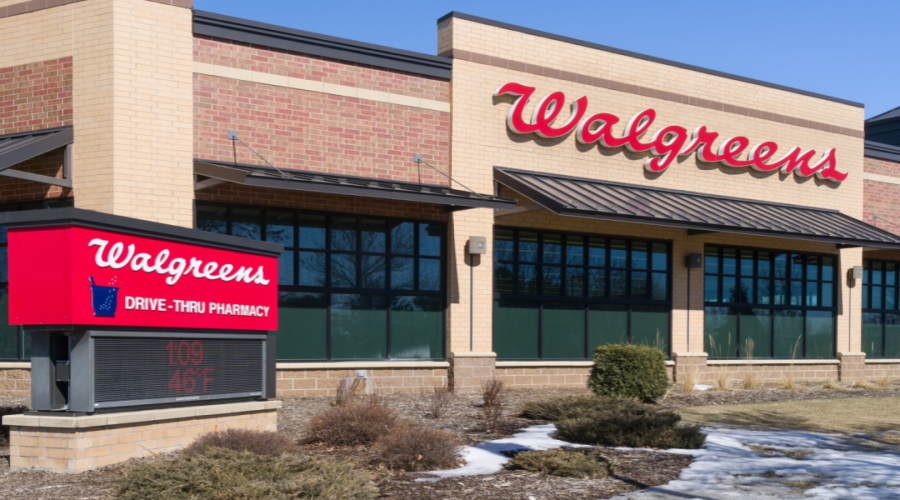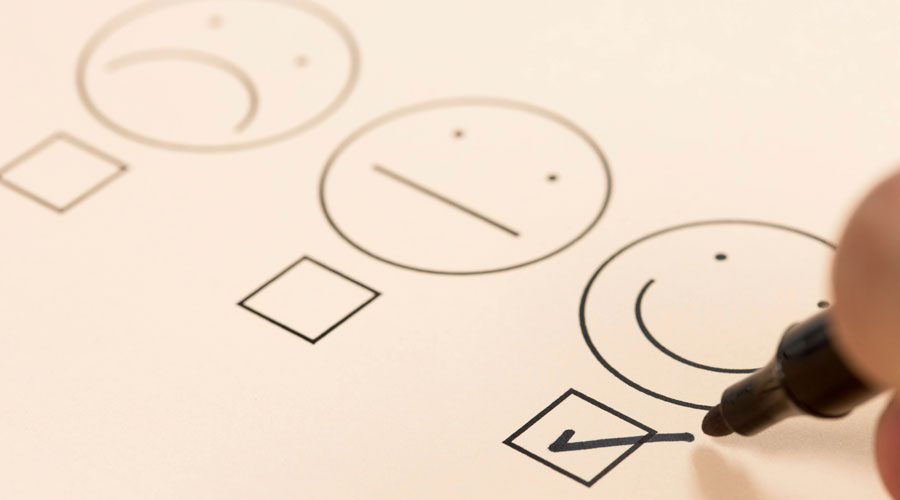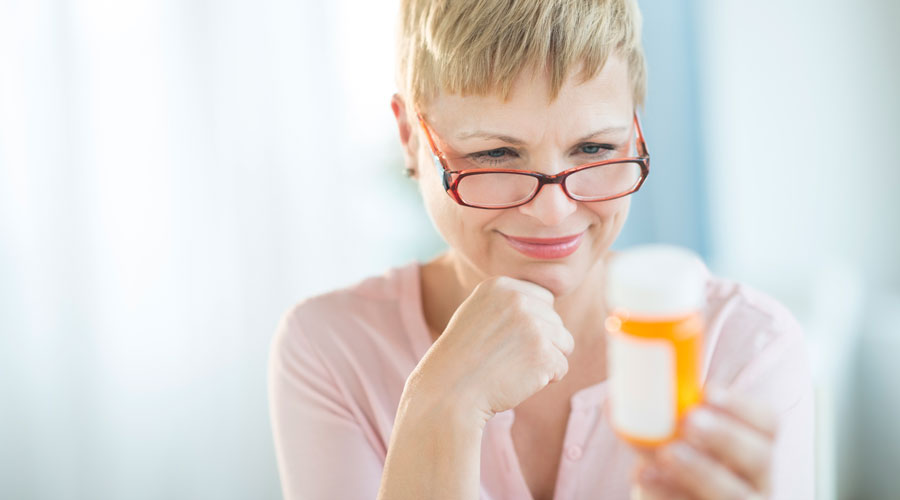Inside: Owning an independent community pharmacy requires a large investment—financially, physically, and emotionally. But is owning a pharmacy profitable? We’re here to help you find out.
Owning a pharmacy is like owning any other small business. Although your ultimate purpose is to improve people’s lives, your business purpose is to make a profit. If your business doesn’t profit, patients don’t profit.
Plus, starting a business requires a significant financial risk. The question is whether the investment will pay off, especially considering the current landscape of rising consolidations and declining reimbursements.
Is owning a pharmacy profitable?
We have the answer.
Is Owning a Pharmacy Profitable?
Every year, the National Community Pharmacists Association (NCPA) releases the NCPA Digest. This report compiles data from independent pharmacies across the nation.
The Digest shows that the average independent pharmacy profit margin used to be steady and reliable.
But recently that changed. Since 2009, gross profit has dropped 2 percent. “Falling gross profit is mostly the result of below-cost reimbursement in public and private third-party contracts combined with unpredictable pharmacy direct and indirect remuneration fees in Medicare Part D,” according to the Digest.
The average independent pharmacy gross profit margin in 2019 was 22 percent.
Compared to other industries, that’s below average. But your profit as a pharmacy owner may range far below or beyond it, depending on how you run your business.
In 2019, the average revenue for independent pharmacies was $3,400,000.
That makes the average independent pharmacy gross profit $748,000.
This number only reflects gross profit, which is simply the amount of revenue left over after subtracting the cost of goods. With that profit, you still have to pay operating expenses. Whatever is left over from that is your net profit, which is your bottom line.
After accounting for the operating expenses, Drug Channels Institute estimates that the pharmacy owner’s discretionary profit (ODP) — the sum of the owner’s compensation and the pharmacy’s operating income — is around $141,000 after all is said and done.
 These Are the Most Important Pharmacy Metrics to Measure
These Are the Most Important Pharmacy Metrics to Measure
This white paper includes 30+ formulas to calculate the most important metrics for independent pharmacies. You’ll learn to think like a retailer, discover the methods to track and measure meaningful pharmacy metrics, and learn how to use the metrics to get insight into business performance.
How Much Profit Can You Earn as a Pharmacy Owner?
Asking if owning a pharmacy is profitable is like asking if joining a team will win you a trophy. It could! If your team is stacked with great players and does all the right things.
How a pharmacy owner runs the pharmacy is more important than industry averages. Some pharmacies make no profit and go belly up. Others make more profit than they dreamed.
Is owning a pharmacy profitable? These five things will determine the outcome.
1. Script count
Prescription sales make up 92 percent of independent pharmacy sales on average.
Increasing your prescription volume will earn more profit overall. The logic for that is obvious. The more you sell, the more you’ll make.
Ideally, you’d increase your profit per prescription. But that’s almost entirely in the hands of payers. (Here are a few strategies to help, though.)
What you can do is sell more prescriptions and hope sales will add up to sufficient profit.
Strategies to increase script count and earn more profit include:
- Improve workflow
- Partner with prescribers
- Improve your marketing
- Expand your services
- Increase patient adherence
- Get more patient referrals
RELATED: How to Increase Prescription Volume at Your Independent Pharmacy
2. Type of services
When pharmacies put all their eggs in the prepackaged prescription basket, they limit their profit potential.
Smart pharmacy owners have learned that specialty prescriptions, including pet meds and compounding, contain a treasure trove of profit.
In addition, clinical services offer another profit stream for pharmacy owners that can outshine the most profitable prescriptions.
The degree to which pharmacy owners offer expanded services and specialty prescriptions will determine the degree of their profit margins.
Some of the most profitable services independent pharmacies can offer include:
- Immunizations
- Point-of-care testing
- Compounding
- Adherence services
- Diabetes care
- Hospice care
- Lab testing
3. Overhead costs
Before you get to take any money home, you have to pay the bills.
Pharmacy overhead costs consist of anything you have to spend to run your business.
Two pharmacies earning the exact same revenue might earn drastically different amounts of profit due to each pharmacy’s overhead costs.
Examples of pharmacy overhead costs include:
- Advertising
- Insurance
- Interest
- Legal fees
- Maintenance
- Supplies
- Taxes
- Travel
- Utilities
The amount you pay for all those expenses determines how much profit you’ll make.
If you can minimize your expenses, you’ll maximize your profit.
Here are some ways to cut your pharmacy overhead costs and make more profit.
4. Front-end sales
A pharmacy’s front end plays a part in the profitability of the business as a whole.
Although prescriptions will always dominate your sales, profitable pharmacy owners implement strategies to boost front-end purchases to increase pharmacy profit margins. Because the numbers don’t lie. The average margins on front-end merchandise are 15 percent higher than the margins on prescription sales.
Try these strategies to boost front-end sales:
- Suggest front-end products that pair with your patients’ prescription medication
- Encourage impulse buying
- Place high-margin products in high-traffic locations, like end caps and the checkout counter
- Prompt sales with shelf signs
- Start a loyalty rewards program
- Offer coupons
READ NEXT: 15 Retail Strategies to Increase Front-End Sales Year-Round
5. Inventory costs
Cost of inventory affects independent pharmacy profit more than anything else.
Your cost of inventory depends on your primary wholesaler contract and on the secondary wholesalers you choose to buy from.
This is where you’ll find the greatest discrepancy between one pharmacy owner’s profit and another’s. Even if one owner’s business is identical to yours, there could be a 10 percent gap in profit simply because of their purchasing practices.
RELATED: The Secret to Maximizing Your Wholesaler Rebates
When it comes to your primary wholesaler contract, don’t simply take what you can get.
To negotiate a better primary wholesaler contract you need:
- Buying power
- Bids from multiple wholesalers
- A contract commitment between the pharmacy and the wholesaler
- Negotiation expertise
But your inventory savings don’t end at negotiation. Making the most of your contract arrangement takes meticulous monitoring of your purchasing and impossibly intelligent decision-making. In every contract, complicated inventive structures substantially affect the final cost of goods. In fact, small purchasing decisions can make a difference of nearly $20,000 a month for the average independent pharmacy.
The good news is you can get all this from ProfitGuard®.
In addition to an optimized primary wholesaler arrangement, a secondary supplier can supplement your inventory when your primary doesn’t have what you need or save you money on inventory after you’ve maxed out your wholesaler incentives.
BuyLine® is a secondary supplier accredited by NABP (formerly VAWD) and offers a full line of brand, generic, and OTC products at the lowest prices in the secondary market. In addition to having low list prices, BuyLine also rewards purchases with cash rebates and significant discounts on brands. Earn up to an additional 10% cash rebate on generics and up to WAC -4% on brand. BuyLine’s discount applies to all brand products.
With intuitive online ordering, an EDI option, and next-day shipping, shopping with BuyLine is quick and convenient. And if questions arise, BuyLine’s live chat feature means you can get answers fast. There are absolutely no commitments with BuyLine — no fees, no contracts. Try it to see if you like it and bail if you don’t. Set up is simple and ordering even simpler.
Is owning a pharmacy profitable? The answer depends on you.
A Member-Owned Company Serving Independent Pharmacies
PBA Health is dedicated to helping independent pharmacies reach their full potential on the buy-side of their business. Founded and owned by pharmacists, PBA Health serves independent pharmacies with group purchasing services, wholesaler contract negotiations, proprietary purchasing tools, and more.
An HDA member, PBA Health operates its own NABP-accredited secondary wholesaler with more than 6,000 SKUs, including brands, generics, narcotics CII-CV, cold-storage products, and over-the-counter (OTC) products — offering the lowest prices in the secondary market.


 These Are the Most Important Pharmacy Metrics to Measure
These Are the Most Important Pharmacy Metrics to Measure









